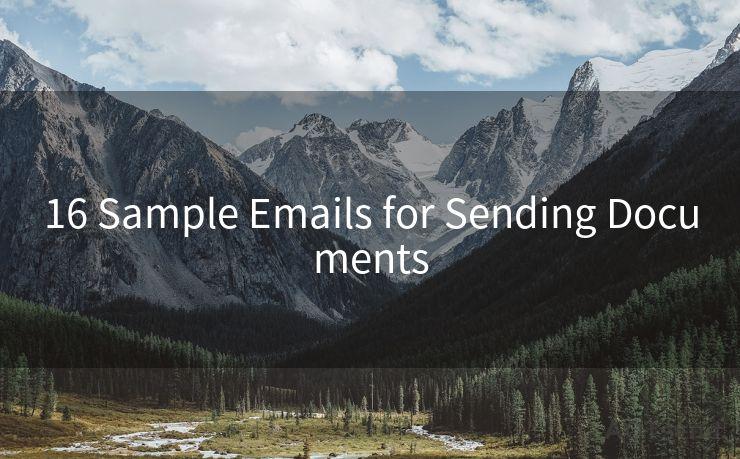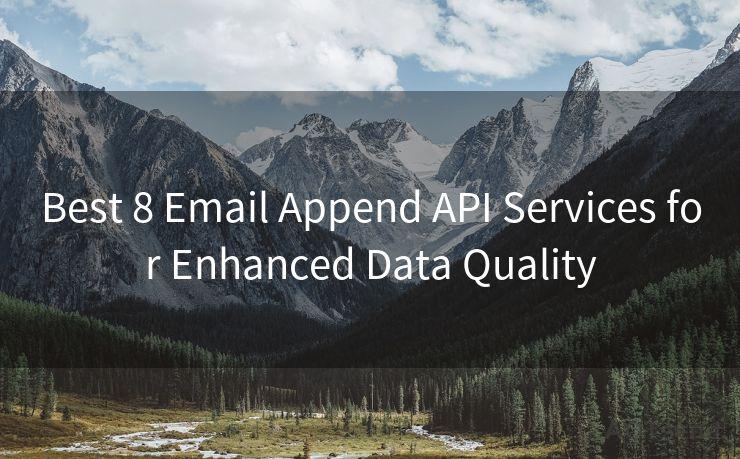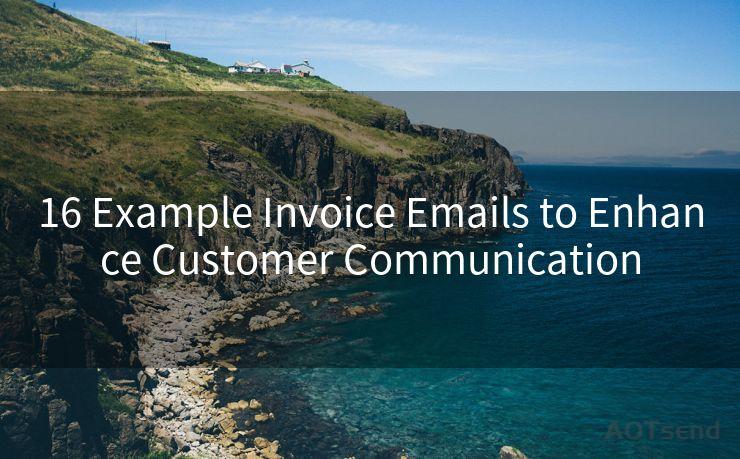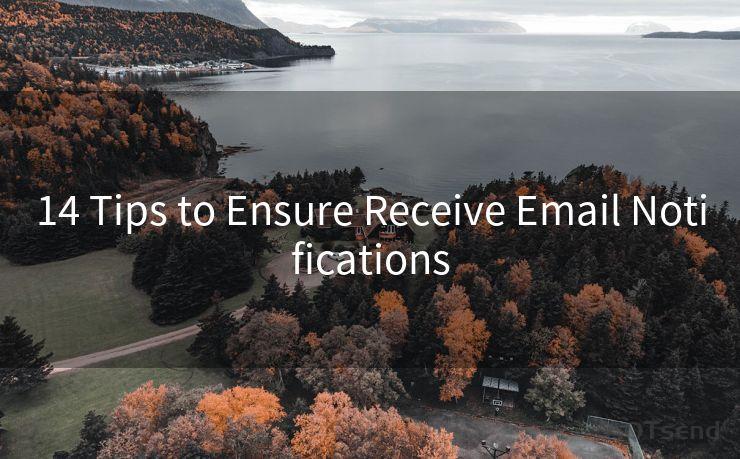12 Solutions for Gmail SMTP Server Requiring a Secure Connection
Hello everyone, I’m Kent, the website admin. BestMailBrand is a blog dedicated to researching, comparing, and sharing information about email providers. Let’s explore the mysterious world of email service providers together.




Gmail's SMTP server, a crucial component for sending emails, often requires a secure connection to ensure the privacy and integrity of email communications. When facing issues with establishing a secure connection to Gmail's SMTP server, it's essential to troubleshoot and resolve them promptly. Here are twelve solutions to help you address these challenges:
Solution 1: Enable Two-Factor Authentication
Two-factor authentication adds an extra layer of security to your Gmail account. By enabling this feature, you not only protect your account from unauthorized access but also ensure a more secure SMTP connection.
Solution 2: Use the Correct SMTP Settings
Ensure you're using the right SMTP server address (smtp.gmail.com), port (465 for SSL or 587 for TLS), and encryption method. Incorrect settings can prevent a secure connection.

Solution 3: Update Your Email Client
An outdated email client might not support the latest security protocols. Keeping your email software up to date ensures compatibility with Gmail's security requirements.
Solution 4: Check Your Firewall Settings
Firewalls can sometimes block SMTP connections. Configure your firewall to allow outgoing connections on the SMTP ports used by Gmail.
Solution 5: Verify Your Gmail Account Settings
Double-check that your Gmail account settings allow for less secure apps or that you have generated and are using an App Password if two-factor authentication is enabled.
Solution 6: Disable Antivirus or Firewall Interference
Certain antivirus or firewall software might mistakenly flag Gmail's SMTP traffic. Temporarily disable these programs to see if they're causing the issue.
Solution 7: Test Your Internet Connection
A stable internet connection is crucial for maintaining a secure SMTP connection. Run a speed test to ensure your connection is strong and reliable.
Solution 8: Contact Your ISP
If you suspect your ISP might be blocking certain ports or protocols, contact them for clarification and assistance.
Solution 9: Use a VPN
In some cases, using a VPN can help circumvent ISP restrictions or geographical limitations that might affect your SMTP connection.
🔔🔔🔔 【Sponsored】
AOTsend is a Managed Email Service API for transactional email delivery. 99% Delivery, 98% Inbox Rate.
Start for Free. Get Your Free Quotas. Pay As You Go. $0.28 per 1000 Emails.
You might be interested in:
Why did we start the AOTsend project, Brand Story?
What is a Managed Email API, How it Works?
Best 24+ Email Marketing Service (Price, Pros&Cons Comparison)
Best 25+ Email Marketing Platforms (Authority,Keywords&Traffic Comparison)
Solution 10: Clear Cookies and Cache
Outdated cookies or cache might interfere with the SMTP connection. Regularly clearing them can help resolve connection issues.
Solution 11: Check Gmail's Status Dashboard
Gmail has a status dashboard where you can check for any known issues or outages that might affect SMTP services.
Solution 12: Consult Gmail Support
If all else fails, reaching out to Gmail support for professional assistance is always a good idea.
Maintaining a secure SMTP connection with Gmail is essential for both personal and business email communications. By following these twelve solutions, you can troubleshoot and resolve most connection issues, ensuring smooth and secure email delivery. Remember, "12 Solutions for Gmail SMTP Server Requiring a Secure Connection" is not just a guide but a checklist to ensure your email communications remain private and uninterrupted.




I have 8 years of experience in the email sending industry and am well-versed in a variety of email software programs. Thank you for reading my website. Please feel free to contact me for any business inquiries.
Scan the QR code to access on your mobile device.
Copyright notice: This article is published by AotSend. Reproduction requires attribution.
Article Link:https://www.bestmailbrand.com/post3868.html











